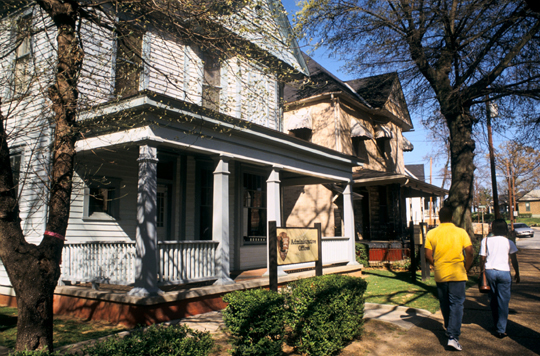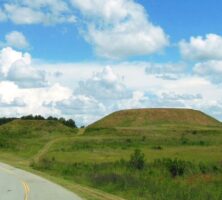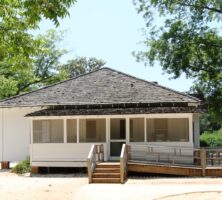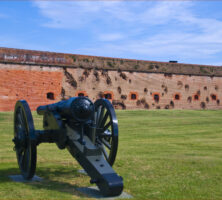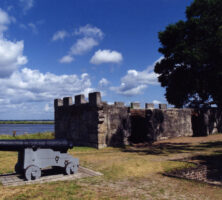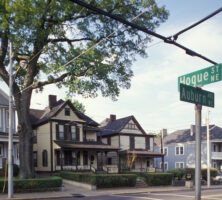Eight historic sites managed by the National Park Service represent Georgia’s history from the Native American Mississippian Period (A.D. 800-1100) through the twentieth century: Ocmulgee Mounds National Historical Park, Fort Frederica, Fort Pulaski, Chickamauga Battlefield, Kennesaw Mountain, Andersonville, Jimmy Carter National Historic Site, and Martin Luther King Jr. National Historic Site.
Two other sites, established largely for natural resource protection—the Chattahoochee River National Recreation Area and the Cumberland Island National Seashore—also contain significant historic resources.
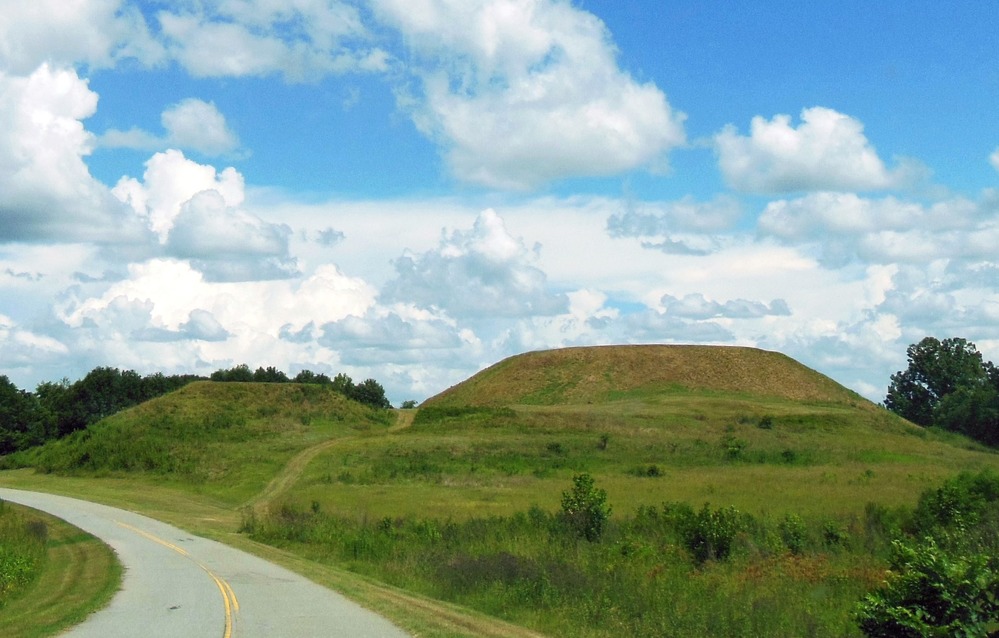
In its early days the National Park Service had responsibility for maintaining sites of surpassing natural beauty. In the 1930s the service began also to acquire sites of historic interest, including Kennesaw Mountain, Fort Pulaski, and the Civil War (1861-65) battlefield at Chickamauga. In the 1970s and 1980s, Congress created many new parks, including the Andersonville, Martin Luther King Jr., and Jimmy Carter national historic sites.
The impressive earthen mounds at Ocmulgee Mounds National Historical Park in Macon are remnants of a sophisticated native culture that thrived centuries before Europeans settled the Southeast.
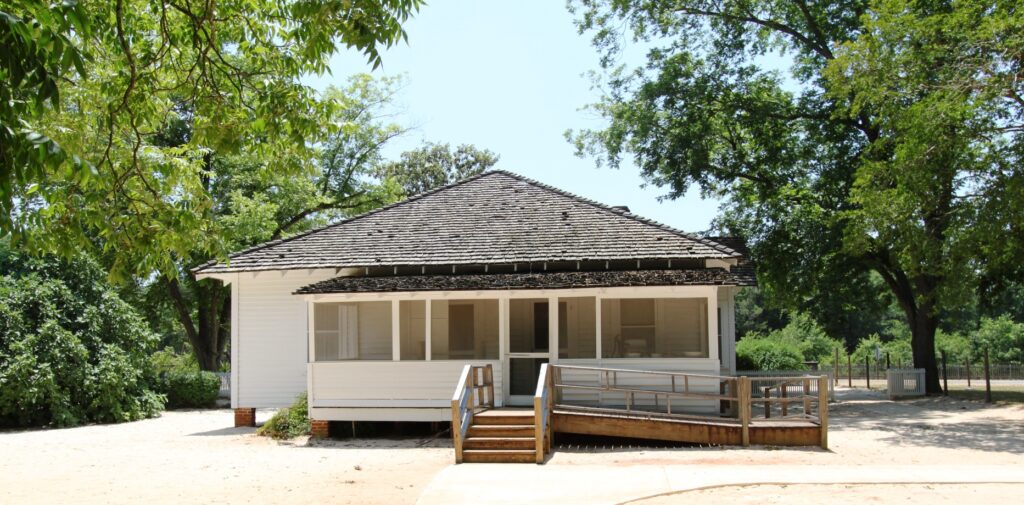
The founder of the Georgia colony, James Oglethorpe, established Fort Frederica on St. Simons Island in 1736 as part of Great Britain’s struggle with Spain for control of North America. Today, visitors can tour the remains of this fortified town and imagine life in what was once a remote outpost of the British Empire.
Farther down the coast, Cumberland is a barrier island once inhabited by Native Americans, European traders, and enslaved workers, and was the occasional home of the Carnegie family, who were part-time residents.
Fort Pulaski, on Cockspur Island near Savannah, was one of a series of coastal forts built by the United States after the War of 1812 (1812-15). Held briefly by the Confederate army in 1861-62, the fort fell to Union forces in April 1862. The new rifled artillery that blasted large chunks out of Fort Pulaski’s walls made brick and stone fortifications forever obsolete.
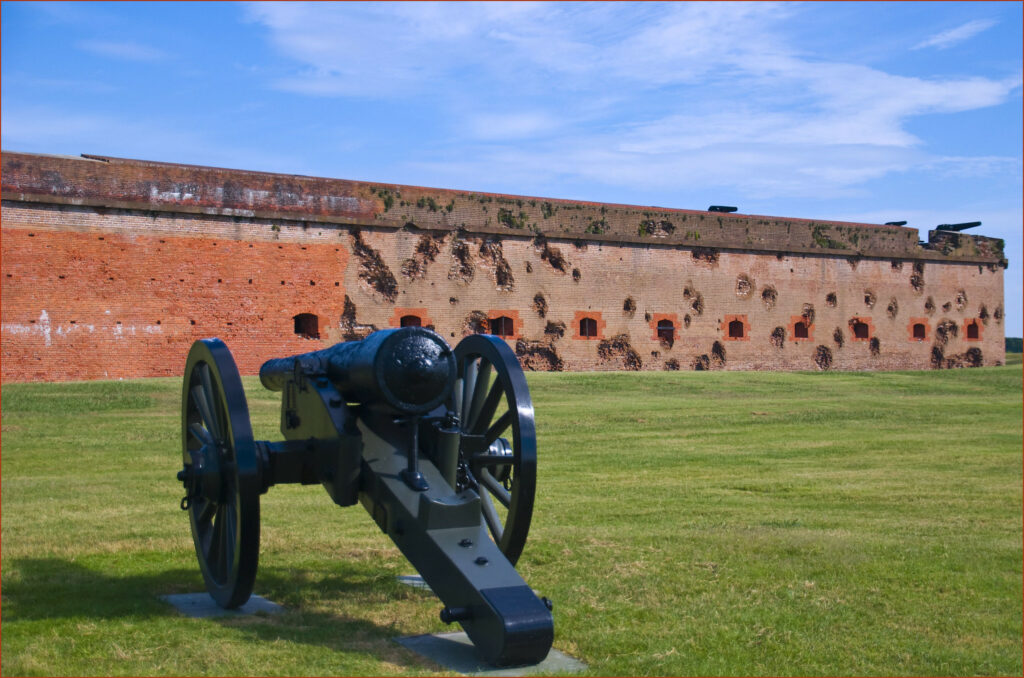
The Battle of Chickamauga, fought September 18-20, 1863, was a stunning victory for Confederates. The bloody fighting on farm fields and in forest clearings pushed Union forces back to Chattanooga, Tennessee.
Kennesaw Mountain, in northwest suburban Atlanta, represents the Atlanta campaign of 1864, a critical factor in U.S. president Abraham Lincoln’s reelection. These Civil War historic sites give visitors an opportunity to reflect on the courage of young soldiers and on the great questions of race and national identity that were at issue in the war.
Another phase of the Civil War is commemorated at Andersonville in southwest Georgia. The hardships faced by captured Union soldiers and American prisoners of war in all conflicts are commemorated at this site. Many veterans are buried at its national cemetery.
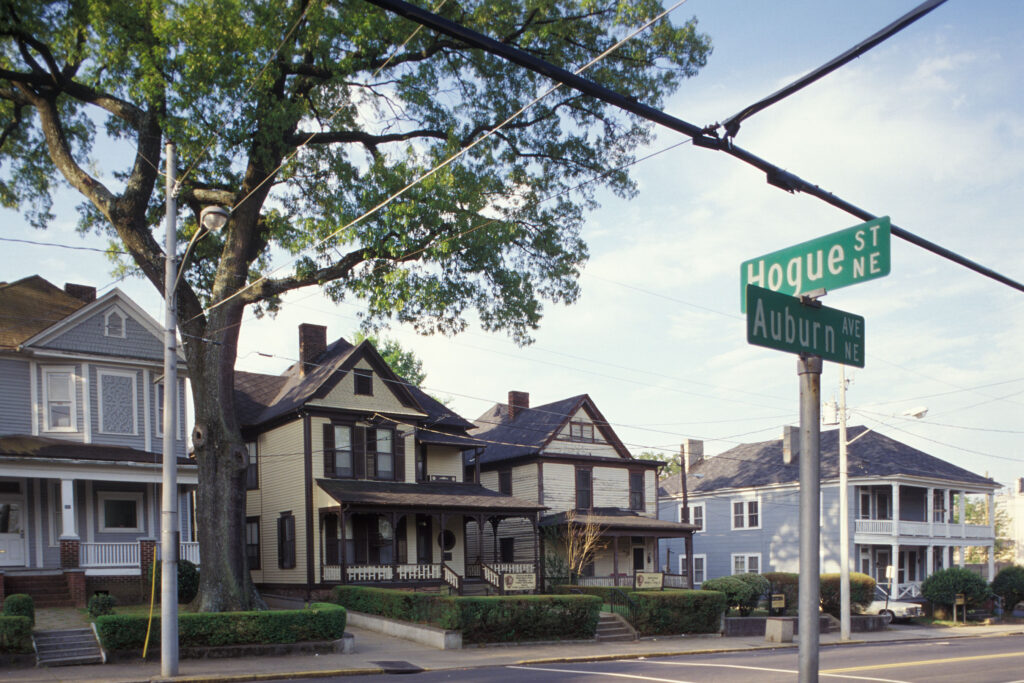
At the nearby Jimmy Carter National Historic Site in Sumter County, established in 1987, visitors can explore the rural southern world that shaped the character of Jimmy Carter, the thirty-ninth president.
The Martin Luther King Jr. National Historic Site in Atlanta preserves the childhood home, church, and burial place of Martin Luther King Jr., America’s human rights champion.
At the Chattahoochee National Recreation Area, also in Atlanta, visitors can view the remains of late-nineteenth-century water-powered mills.









